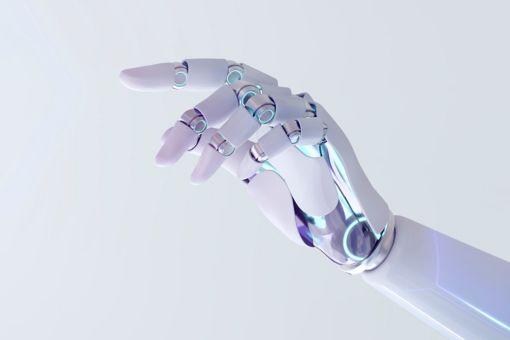Generative AI is shaking up the workplace in unprecedented ways. Ferdi Kriel and Frederik Gysels of KPMG outline the advantages and challenges of this transformative technology.
Back in 2020, solving a task or answering a question meant asking a colleague or searching on Google. Fast forward to 2025, and tools like ChatGPT, Copilot, and Midjourney have become our round-the-clock virtual teammates. Powered by generative AI, a branch of artificial intelligence (AI), they’re transforming the way we work.
“Generative AI leverages vast amounts of data, identifying patterns to create new content using a transformer,” explains Ferdi Kriel, Director and Intelligent Automation Competence Lead at KPMG. “While traditional AI models were trained on small datasets, we now work with online data. This opens up incredible possibilities but can also make the output harder to control.”
The technology enables new advancements, such as next-level chatbots. “In the past, you had to explicitly program every response a chatbot could give. Now, it can generate answers on its own, without predefined components,” explains Kriel. “This is a game-changer for applications like HR, where chatbots could address employee policy questions.”
55% more efficient
“These new tools are profoundly changing the way we think about work,” says Frederik Gysels, Director and Ignition Lead at KPMG. “On a personal level, they make you more efficient—allowing you to summarize a 100-page document or expand bullet points into a full text with a single click. On a larger scale, generative AI is transforming complex business processes, which are often made up of smaller tasks that AI can now handle.”
When drafting an RFP (request for proposal), a company can, for example, standardize all incoming proposals and quickly analyze how well they align with the RFP. “You can then even automate the award report and related communication,” he notes. “It boosts efficiency, though you’ll never be able to fully rely on AI.”
The benefits of generative AI have quickly emerged. GitHub Copilot, for example, has boosted developer productivity by 55%. “It’s particularly helpful in the early phases of a project, where it automates the setup of frameworks and specific components,” says Kriel. “It also allows developers to format incoming questions automatically, improving the system’s ability to interpret them.”
The skill of working with AI
To effectively use generative AI, you need to first grasp how the technology operates. “Writing an effective prompt is a skill to be learned,” says Gysels. “This can be achieved through training programs and communities where individuals can support each other. Awareness of potential bias is important, and you must also be aware of possible hallucinations. Companies shouldn’t address this shift on an individual level but instead develop a clear policy. Begin with a pilot group that can safely experiment with the tool and let them act as ambassadors to train the rest of the organization.”
Developing a policy helps bring attention to potential risks. “At KPMG, we show the guidelines for each interaction with our GPT tool, clearly stating what’s allowed and what’s not,” explains Kriel. “Generative AI presents risks we don’t yet fully understand. People are often rewarded for finishing tasks quickly. If AI takes over the simple tasks, you might feel productive, but only the complex tasks will remain. That means your brain needs to stay constantly engaged,” he notes. He underscores that AI is a digital workforce that will always require human support. “AI won’t replace your job, but someone skilled at using it could.”
This article was created in collaboration with De Tijd and L'Echo.
Contact us
Explore
Connect with us
- Find office locations kpmg.findOfficeLocations
- kpmg.emailUs
- Social media @ KPMG kpmg.socialMedia




